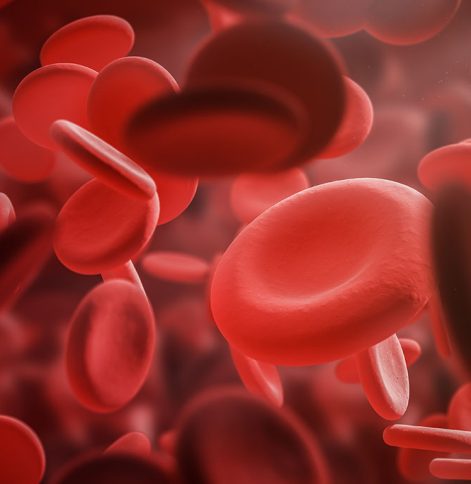Ultra-Rare Factor Deficiencies
When a person has a factor deficiency, they lack or don’t have enough of a clotting factor in their blood to help stop bleeding.
Ultra-rare factor deficiencies certainly live up to their name. They can affect as many as 1 in 500,000 people or as few as 1 in 5 million people. Of all the ultra-rare factor deficiencies combined, there are less than 200,000 reported cases in the U.S.
Very rare factor deficiencies are inherited, you are born with them. Only a few factor deficiencies can be acquired, meaning that they develop during your lifetime.
Common Symptoms of Ultra-Rare Factor Deficiencies
- Heavy menstrual bleeding (menorrhagia)
- Easy or unexplained bruising
- Muscle and soft tissue bleeds
- Nosebleeds
- Mouth bleeds
- Bleeding after surgery or trauma

